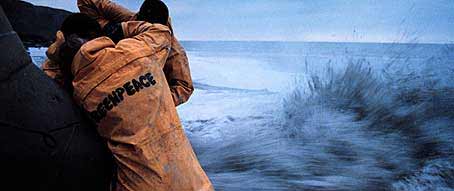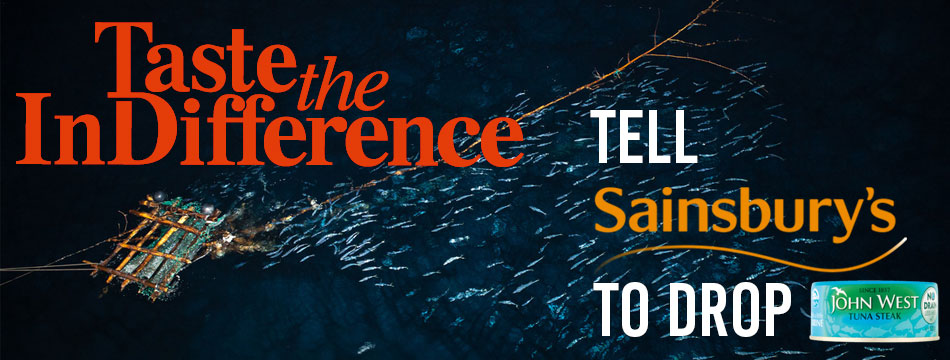
Greenpeace blocking heavy metal pollution into the Irish Sea
Chemicals, heavy metals, pesticides, industrial compounds (including PCBs) and other toxins pollute the oceans via a direct result of a range of human activities. Once released, pollutants accumulate in the marine food chain.
Marine mammals - whales, dolphins and porpoises - are most at risk from pollution, because they are at the top of the food chain. Worse, many chemical compounds concentrate in fatty tissue like whale blubber.
Most pollutants will suppress an animal's immune system, rendering it more susceptible to infection. The most dangerous pollutants are chemicals that can disrupt hormones (known as endocrine disrupters), which have immense potential for harm and can interfere with reproduction, even at very low concentrations.
There is little published research identifying the impacts of endocrine disrupting substances on cetaceans, however as noted by an International Whaling Commission (IWC) Scientific Committee workshop on chemical pollution and cetaceans 'wherever endocrine disrupting chemicals have been sought within cetacean tissue they have been found.'
One of the highest ever 'pollution burdens' in a cetacean was recorded in a dead bottlenose dolphin calf discovered at Cardigan Bay in 1988.


